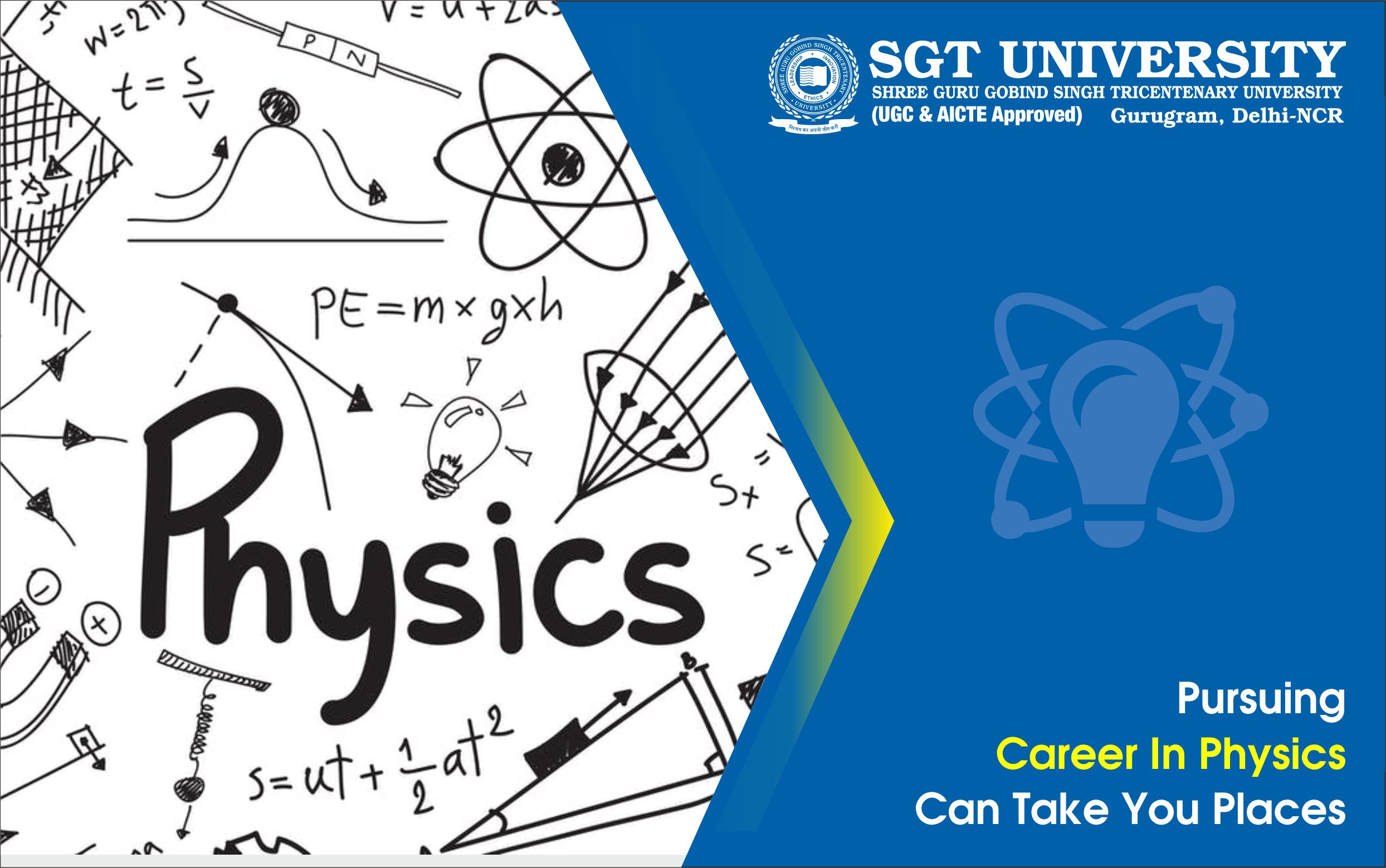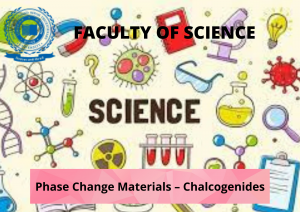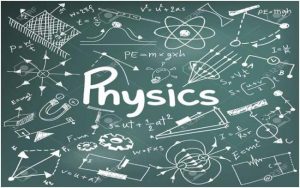The operation of Macroscopic Machines involves a transformation of thermal, electrical and chemical energy in to physical force that produces movement or other structural changes i.e. mechanical work. But as one move from macroscopic scale to molecular scale (at the length scale of nano-meter), the thermal energy become comparable to mechanical, electrostatic and chemical bonding, Therefore, the thermal energy which can be safely ignored for the motion of macroscopic machines, become relevant for molecular machines. Also, the inertial forces, that govern the motion of macroscopic objects become irreverent for molecular machines as their mass is extremely small and hence the effect of gravity on molecular components may be ignored. Thus for operation of molecular machine, the, determining forces are (1). Thermal forces (2). Viscous forces. A molecular machine, that need an environment which is full of thermally driven random motion is created by the thermal energy.
At the same time, these machine execute a non-geometrically reciprocal motion similarly one used by cilia or flagella and so require a non-Newtonian fluid as a medium for their movement. It is because, the force of viscosity acting on molecular machines are much larger than inertial forces and function efficiently in a fluid of low Reynolds number. Another important aspect of molecular machines is to transition from equilibrium to non-equilibrium state. This is something different from macroscopic machines in which the system tends to attain the equilibrium state (a state of lower energy). The development of artificial molecular system, which use chemical energy driven from food to controlled task and always function away from equilibrium has certainly pushed the scientific community to think in a new direction.
The natural molecular machines are functioning in living organisms with linear and rotary molecular motions. Examples are; motor proteins, ATP (adenosine triphosphate) Synthase, ribosomes etc. The motor proteins transport materials such as cargos and vesicles inside cells. The ATP Synthase, synthesizes ATP using proton gradient as an energy source. These biological machines can serve as a guide for scientists to conceptualize, design and fabricate artificial molecular machines. Encouraged by natural molecular machines, Jean-Pierre Sauvage, J. Fraser Soddart and BernardL. Feringa make sustained efforts to design artificial molecular machines and for that they are awarded Noble Prize in Chemistry in 2016.
They got success to create a mechanical bond, where two ring-shaped molecules were interlocked without any direct interaction between their atoms. This was achieved using copper ions which attract the molecules to form chains and leads to their interlocking. The copper ions can be removed, once the molecules are interlocked and the resulting structures are called Catenanes. An artificial molecular machine was designed using these structures, where one ring is rotated with respect to another when energy was added. Likewise, rotaxane which is a molecular ring mechanically locked to a dumbbell-shaped molecular axle that can slide back and forth along the axle were used to construct molecular machines such as a molecular elevator and an artificial muscle.
One can see that, in the noble work mentioned above, there exists a unique multidisciplinary approach to Chemistry, Physics, and Molecular Biology. SGT University, Gurugram is emerging as a leading university in multidisciplinary research and development.
(This article is written by Dr. Ram Chhavi Sharma, Professor, Department of Physics, SGT University, Gurugram.)




